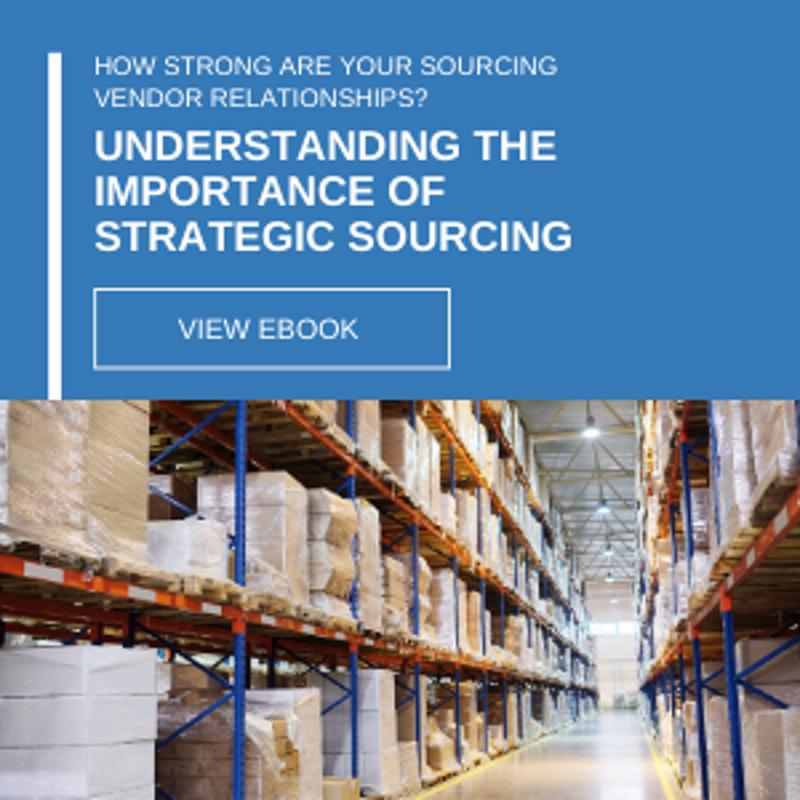
Consumer Demand Variability Biggest Supply Chain Disruption, Execs say
There are many phrases that come to mind when one thinks of the coronavirus pandemic: terms like “social distancing,” “new normal,” and “flatten the curve” are just a small handful.
Yet for business leaders – especially manufacturers and shippers – the words “unpredictability” and “uncertainty” will likely epitomize 2020, as they’re something organizations continue to experience as the country and consumers emerge from the nationwide lockdown amid supply chain disruption.
“A majority said [the biggest pain point] was the unpredictability of consumer demand.”
In a recent survey conducted jointly by CalAmp and Reuters Events, industry respondents were asked to name the biggest pain point they experienced as it pertained to their supply chains. Of the nearly 800 individuals that took part in the poll – a combination of shippers and supply chain execs – the majority said it was the unpredictability of consumer demand. More specifically, 51% considered it the most significant supply chain disruption, more so than the inbound flow of goods from suppliers (33%) and difficulties with getting shipment to paying customers (16%).
The white paper, which was released as a supplement to the survey, noted that the pandemic proved to be unusual in many ways, but most especially in terms of the fluctuations in what consumers wanted and to what degree.
“The pandemic has introduced unexpected volatility into customer demand, making it even more difficult to discern demand patterns,” the report stated, as quoted by Supply Chain Dive. “Furthermore, silos between sales and operations has hindered data-sharing, which would have proven useful in navigating these issues.”
Manufacturers experience supply chain disruption
April proved to be a particularly harsh stretch for manufacturers, a month many would point to as the height of the crisis. On a seasonally adjusted basis, the combined value of trade sales and manufacturers’ shipments totaled approximately $1.2 trillion, according to estimates from the U.S. Census Bureau. That represented a drop of over 14% compared to March and more than 18% on a year-over-year basis.
Jon Gold, vice president for supply chain and customs policy at the National Retail Federation, told Supply Chain Dive the dramatic drop off in business activity had everything to do with coronavirus.
Owning a business by its very nature is often fraught with uncertainty. But in an era of big data and analytics, more organizations are turning to automation to get a read on what consumers want so they can make more informed decisions about inventory and production. However, as University of Arkansas’ John Aloysius told Supply Chain Dive, the machine learning algorithms used for forecasting are guided by what consumers have done historically. Since COVID-19 was unprecedented in the Information Age, predictive analytics had nothing to draw from for guidance.
“These models suddenly become much less useful because the variability in demand that you’re going to see, it’s no longer systematic,” Aloysius added, who is a professor in the supply chain management department at the University of Arkansas. “It’s not just say, an increasing trend; it’s not just fairly predictable seasonal lifts. Everything’s just like a completely different story and the historic data is no longer as relevant.”
Bounce back better than expected
Given the amount of people who lost their jobs and filed for unemployment due to the shutdown – well over 40 million – the Institute for Supply Chain Management released a report in mid-May forecasting that the sector would almost certainly contract in 2020, perhaps by as much as 10% in terms of revenue, with capital expenditures declining more than 19%. Yet in what came as a surprise to just about everyone in manufacturing, ISM’s monthly Purchasing Managers Index for June reached 52.6%, up nearly 10 percentage points compared to May. The PMI is a numerical representation that points to the prevailing direction of economic health, with any reading above 50% suggesting conditions are positive.
While manufacturing officials did anticipate an improvement in productivity and performance with shutdowns largely lifted, the degree of growth came as a surprise for many. This also speaks to the unpredictability of consumer demand at any given time and how the supply chain responds.
Because business owners have been unable to get a read on consumer behavior, several major organizations have either adjusted their sales forecasts or done a 100% about-face.
For example, in an earnings call in May, Target CEO Brian Cornell said the following:
“Our ability to project how that [i.e. markdown plans] is going to play out over the balance of the quarter or year is unfortunately something that we can’t do today,” Cornell explained, according to Seeking Alpha. “I think there’s just too much uncertainty, too many variables.”
In its own earnings call, Walmart Chief Financial Officer Brett Biggs had similar misgivings regarding sales performance.
“The uncertainty stems from some variables that could impact performance in either direction,” Biggs warned.

Manufacturers also have to contend with employees, many of whom may be reluctant to return to work over concerns about contracting the virus, which so far has infected over 3.8 million people in the United States alone, according to the Kaiser Family Foundation. Between June 26 and July 3, new cases totaled 326,599.
Certain manufacturers that never closed – deemed “essential businesses” – allayed fears by being proactive about how to flatten the curve. NeuroLogica, a medical manufacturing company in Danvers, Massachusetts, that specializes in portable CT scanners for hospitals, went about this by reducing their work crews, maintaining physical distancing, and handing out face masks to personnel, among other measures.
“We provided everyone with a reusable thermometer that they can put on their head to check their temperature before they come to work in the morning,” NeuroLogica CEO David Webster told NBC Boston. “And we’ve installed thermal guns at the entrance so when they walk in, it gives a heat signature. If it looks like they are too hot, we can sort of turn them around.”
It’s impossible to predict the future, but there are things you can do as a business to adjust for worst-case scenarios so that down periods and supply chain disruption can be mitigated. USC Consulting Group can help you improve sales effectiveness and performance by giving you the tools, resources and efficiency solutions you need to succeed when adversity strikes. Contact us today to learn how we can be of service to you.







